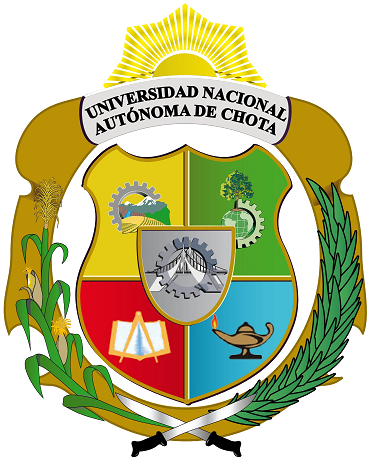| dc.contributor.author | Gabriela Cristina, Costa Silva | es_ES |
| dc.contributor.author | Júlio C´esar Lima Neves | es_ES |
| dc.contributor.author | Gustavo Eduardo Marcatti | es_ES |
| dc.contributor.author | Carlos Pedro Boechat Soares | es_ES |
| dc.contributor.author | Natalino Calegario | es_ES |
| dc.contributor.author | Carlos Alberto Araújo Júnior | es_ES |
| dc.contributor.author | Duberlí Geomar Elera Gonzales | es_ES |
| dc.contributor.author | Jos´e Marinaldo Gleriani | es_ES |
| dc.contributor.author | Daniel Henrique Breda Binoti | es_ES |
| dc.contributor.author | Haroldo Nogueira de Paiva | es_ES |
| dc.contributor.author | Helio Garcia Leite | es_ES |
| dc.date.accessioned | 2023-03-15T22:15:37Z | |
| dc.date.available | 2023-03-15T22:15:37Z | |
| dc.date.issued | 2023-01-23 | |
| dc.identifier.uri | http://hdl.handle.net/20.500.14142/359 | |
| dc.description.abstract | Understanding how the physiological processes of trees are affected by the environment or silvicultural practices is important for forest management, which requires process-based models. It enables the evaluation of the growth of a forest under different scenarios. The 3-PG model has been widely used all over the world, justified by its simplicity and efficiency, as it uses a more accessible language and fewer parameters than other process-based models. It is a model of greatest interest for forest management because it enables the use of allometric equations to calculate variables of interest in this area, such as the average diameter at 1.30 m height (DBH), total height and stand volume. The 3-PG parameterization is essential to guarantee the model's good performance; however, in some cases, when observed data are not available, values from the literature is used or calibration is performed. In general, there is a mixture of these alternatives in the same parameterization, but some of the parameters generate greater sensitivity in some outputs or change according to site characteristics. In the present work, we analyzed the efficiency of artificial neural networks to predict some of the parameters pointed out in the literature as being of the greatest importance for 3-PG using climate and process variables as inputs. For this, a simulated database was generated, using 16 parameterizations of 3-PG, for different regions of Brazil. The parameters values of the DBH function (as and ns), minimum and maximum fraction of biomass allocated to the root (ηRn and ηRx), and age at full canopy cover (tc) were associated with this database. The Artificial Neural Networks (ANNs) were trained using the database with parameter repetition over time and with the average condition of each site. In the second case, training was performed using 100% of the data, and validation was performed using a simulated database. The efficiency of neural networks has been proven in predicting the parameters as, ns and ηRx, with validation root mean squared error (RMSE) of 6.9%, 6.9% and 4.8%, in the first training approach, respectively. For training based on sites average condition RMSE was 20.7%, 3.0% and 8.8%, for as, ns and ηRx, respectively. The study showed the need for more scientific investigation for the other parameters, including information and input variables such as soil characteristics. As demonstrated in this study, the possibility of parameterizing 3-PG with ANNs or any machine learning technique may contribute to the broader use of this process-based model. In addition, artificial neural networks have great potential to assist in the calibration process of the 3-PG model, making this process more efficient by integrating environmental conditions and allowing the association between parameters. It is recommended to apply these ANNs for the conditions tested here. | es_ES |
| dc.format | application/pdf | es_ES |
| dc.language.iso | eng | es_ES |
| dc.publisher | Elsiver Inc | es_ES |
| dc.relation.ispartof | Ecological Modelling | es_ES |
| dc.rights | info:eu-repo/semantics/openAccess | es_ES |
| dc.rights.uri | https://creativecommons.org/licenses/by-nc-sa/4.0/ | es_ES |
| dc.source | Volume 479, May 2023, 110301 | es_ES |
| dc.subject | physiological | es_ES |
| dc.subject | networks | es_ES |
| dc.title | Improving 3-PG calibration and parameterization using artificial neural networks | es_ES |
| dc.type | info:eu-repo/semantics/article | es_ES |
| dc.identifier.doi | https://doi.org/10.1016/j.ecolmodel.2023.110301 | es_ES |
| dc.subject.ocde | http://purl.org/pe-repo/ocde/ford#1.00.00 | es_ES |
| dc.publisher.country | BJ | es_ES |
| dc.type.version | info:eu-repo/semantics/publishedVersion | es_ES |



